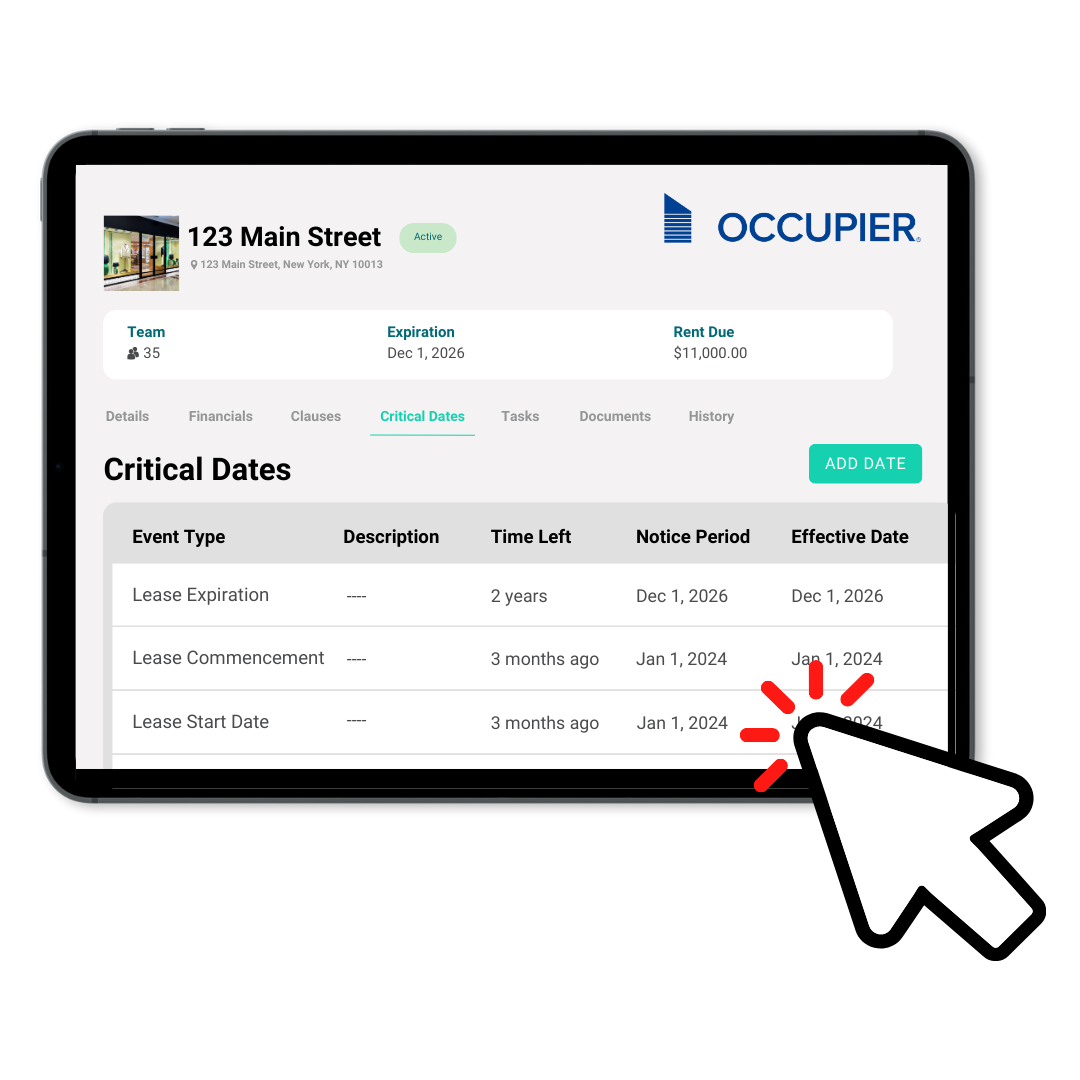The Future of the Office
Last Updated on August 14, 2024 by Morgan Beard
The office has been changing for some time now. It is shifting from functional and utilitarian in design to open and synergetic in nature — and then back again. This ranges depending largely on the industry, organization, or marketplace. As COVID-19 has pushed the boundaries of office design, culture, collaboration — all companies have had to rethink if not reimagine the future of the office.
The Future of the Office is Here
In fact, a structural shift in how and where employees work is currently underway.
Just ask Apple. Often topping the list for best places to work. The company experienced pushback after CEO Tim Cook asked employees to return to the office. Employees created a petition detailing how many felt they could do the best work of their lives remotely.
Apple employees aren’t alone in this, of course. A PWC survey showed that 41% of employees want to stay fully remote. Many others would prefer a hybrid working environment, going to the office only some days of the week.
Some companies have certainly taken to this notion, choosing not to renew the leases for some of their spaces. A recent survey by Grant Thornton found that nearly half of human-resources leaders were currently in the process of reducing HQ office space. And looking to adopt a hybrid working environment. According to a McKinsey estimate, 29% of work in the U.S. could work remotely with no productivity loss. A move that wouldn’t likely disrupt operations.
The time has come for businesses to reevaluate their offices’ use case. One way is to think of the workplace as cultural hubs and gathering spaces for teams, clients, and associates. A place to meet, brainstorm, and collaborate. The days of two-hour commutes to clock in at headquarters five days a week are all but gone. Yet, organizations will need to be agile and adaptive with their real estate strategies to best prepare for the future of the office.
Developing Real Estate Strategies for Tomorrow
While evolving workplace trends have made planning difficult in the past. The return to work notion and its associated pains have revealed insights into future real estate strategies. Not all workplace strategies will work for all organizations. It will be essential to prepare and understand how to future of work impacts your real estate strategy.
The following real estate strategies should help you get started:
Embrace smarter office designs
Collaborative work environments are nothing new. Still companies should prioritize this approach to support the future of the office. Imagine the office as more of a living room than a sea of cubicles, and design each space with purpose. Think about providing collaboration areas, personal quiet zones, client meeting rooms, and lounges for creative sessions, among other potential spaces.
Not only should the office of the future should be technology-enabled but human-centric. On the surface, this may sound counterintuitive. Real estate and technology must come together to provide the same functionality in the office space. Video conferencing and keyless entry solutions are just as important at human-centric designs.
Explore more offices with smaller footprints
As organizations reevaluate their long-term headquarters’ they should also research community-oriented short-term offices. Whether in partnership with a coworking space or sub-leasing from another business. This strategy is one way to provide access to local office space for more employees.
Naturally, the addition of more office leases comes with more administrative work. Your team could go from managing one long-term lease to managing ten short-term leases. And, missing one critical date might result in significant financial consequences. As leadership and real estate teams evaluate the possibility of opening new office locations, they’ll also need to consider investing in lease management platforms — or even rebuilding their real estate tech stacks altogether.
Understand new lease accounting guidelines
The Financial Accounting Standards Board, or FASB, unleashed its new lease accounting guidelines in 2019. Though the compliance effective date was delayed due to COVID-19, the new date of December 2021 has now come and gone. That means all office occupiers must transition from ASC 840 to ASC 842.
Real estate and finance teams have been busy reconciling the lease elements in their current systems. All in an effort to ensure they have everything they need to comply with the new accounting standards.
According to a Deloitte survey, more than half of companies said one of their biggest challenges was collecting data on their leases in a centralized inventory. Finding all contracts, determining embedded leases within those contracts, and storing critical lease information can be big hurdles for any organization. Often, the challenges are nearly impossible to surmount without a technology solution.
Users implementing Occupier’s lease management platform realized their previous processes were lacking. Siloed data and too many disparate tools added unnecessary pain points. Internal and external stakeholders need to collaborate on the lease lifecycle to accurately evaluate their real estate strategies. So, access to real estate data and automated insights has never been more important for these stakeholders.
In 2021 alone, our office users increased their location count by 38%. This stat can be attributed to the fact that office occupiers began adopting flexible workplace models. Especially as employees have moved from urban city centers to the suburbs. Hybrid and short-term office space allows for flexible work options — outside of their homes.
The traditional one or two large headquarters is transitioning as orgs rewrite the future of the office.
As a result, companies are signing more short-term leases. Opting for smaller commercial office spaces within the outlying communities where employees live.
Needless to say, the transition has complicated matters for everyone. From real estate and finance teams to tenant rep brokers, architects, and designers. But the right property lease management software can often alleviate the pains of the process.
Investing in the Right Lease Management Software
As an office lease portfolio grows, administrative maintenance increases — that much is hard to deny. Tracking critical dates and clauses, analyzing expenses, and keeping all essential parties in the loop becomes more tedious and time-consuming. Dropping the ball on just one lease expiration or renewal date can have significant financial repercussions.
With Occupier, those sorts of worries are a thing of the past.
If the future of the office means more leases, then lease management software is essential. Not only from centralizing all the details of your real estate portfolio. But, also from these valuable functionalities:
• Weekly updates – Each week, a digest outlining critical dates and action items is delivered directly to your inbox. All you have to do is review it and take the necessary steps to resolve any issues.
• Task management – Our task management solution enables team collaboration on site selection, build-outs, and more. In addition, it enables your tenant rep brokers to provide any critical updates on deal negotiations, terms modifications, and so on.
• Regulatory compliance – Once a deal has been signed, the real estate team can begin tracking critical lease information in the Occupier lease management software. The finance team can work to ensure the lease is compliant with ASC 842.
• Strategic insights – Where employees live and how far they’re willing to commute are two critical components to site selection. Our leasing software helps analyze potential office locations and lease contracts. Compare comps to see whether they meet your budget and workforce requirements.
A single source of truth should be the goal in your selection of leasing software, and that’s precisely what you can expect with the Occupier platform: a system that allows you to make more informed decisions around your real estate portfolio.
A single source of truth for lease management also keeps all teams aligned throughout the lease lifecycle. This is especially valuable if you’re transitioning from one or two campus headquarter locations to several smaller offices.
Beyond that, housing all the details within a centralized property lease management software solution can help your company:
1. Save time
Almost all lease agreements contain copious information that is subject to constant updates and amendments. When leasing software connects the “front of house” with those employed in the back, everyone is working off the latest data. In fact, accountants can save hundreds of hours when no longer left to sift through multiple spreadsheets and PDFs for information.
2. Eliminate errors
If your company has more than one data set, at least one team in your organization is working off incorrect information. Should accounting have even slightly different data points than real estate, these teams could easily make costly, often preventable mistakes. The automation technology provided inleasing software eliminates the need for real estate teams to enter lease information manually, thus eliminating errors and creating a collective data set for your entire operation.
3. Leverage data
With that single source of truth, your organization can align the three branches of a real estate portfolio: transaction management, lease administration, and lease accounting. With all parties on the same page, you can unify your real estate strategies and make data-driven decisions on site selection and agreement terms. Your real estate team can enter negotiations without questions of whether a particular space offers enough flexibility for your entire portfolio.
Property lease management software should allow your teams to make informed decisions about locations, terms, costs, processes, and more. If your current solutions don’t offer such capabilities, it’s probably time to look for an alternative. We think Occupier is the most obvious choice — but, admittedly, we’re biased.
Using Automation Technology to Carve Out More Time
Automation technology can take on the burden of repeatable, manual tasks, which 60% of employees estimate could save them six or more hours a week. But that’s not all automation can do.
Workflow automation also helps team members leave spreadsheets, calendar notifications, and PDFs behind. These are all prone to error and improper tracking, which can cause your operation to miss critical dates.
A centralized lease management platform has numerous benefits. It enables your business to evaluate its real estate portfolio. Automated expense reports provide a breakdown of real estate costs. The ability to pull critical lease data from a centralized system allows for real-time business analysis.
Automation technology frees up employees to focus on real estate strategy and data analysis. This alone can afford your team the opportunity to make smarter business decisions. It’s all about aligning employee expectations for work with what your real estate portfolio can provide.
All organizations must contend with a new way of working. A lease management platform can provide the answers you need to make workplace decisions.
If you’d like to learn more about what Occupier can do for your business, please let us know. A member of our team would be more than happy to discuss the future of the office with you. We have numerous modules and solutions that can support your organization’s real estate strategy.

Product Tour
Take a self-guided tour and see how the fastest-growing commercial tenants leverage Occupier for lease management & lease accounting.
